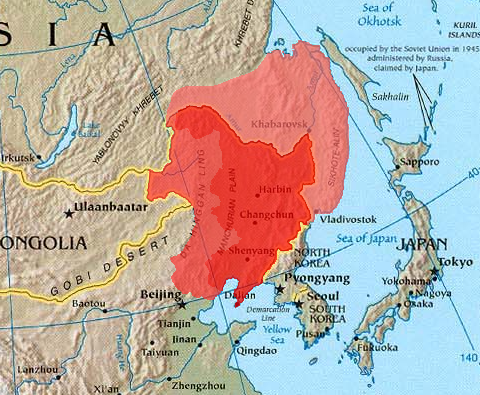Moreover, we provided evidence for the genetic contact between southern Siberia and the western steppe during the Early Bronze Age, based on both human and pathogen
DNA data, which suggests a high mobility across Eurasia. The genetic influence of Yamnaya-related populations in the Lake Baikal region is evident by the presence of Steppe ancestry in individual KPT005 (
Figure 4A). In addition, previous studies have suggested that such migrations likely also facilitated the spread of the
Y. pestis LNBA lineage across Eurasia (
Andrades Valtueña et al., 2017), as all individuals associated with this lineage carry Steppe ancestry (
Allentoft et al., 2015,
Andrades Valtueña et al., 2017,
Haak et al., 2015,
Mathieson et al., 2018,
Mittnik et al., 2018,
Mittnik et al., 2019,
Wang et al., 2019). In this study, the two individuals shown to be infected with
Yersinia pestis (GLZ001 and GLZ002) did not display genetic evidence of Yamnaya-related Steppe ancestry in their genomes but had substantially more NEA ancestry than all other Bronze Age individuals from the same and other surrounding sites (
Figure 1). Moreover, one of the two individuals (GLZ001) showed a non-local signal in strontium
isotope analysis, supporting a homeland outside the Angara River Valley. Instead, based on the
Y. pestis phylogeny, the newly reconstructed Baikal genomes were found to be genetically closest related to a strain from the Baltic region in northeastern Europe (
Figure 4B), isolated from an individual associated with the Corded Ware complex (
Andrades Valtueña et al., 2017,
Mittnik et al., 2018). Although our current resolution is insufficient for inferring patterns of pathogen transmission between western Eurasia and southern Siberia, the presented data may rather be indicative of a century- or decade-long process that lead to the bacterium’s long-distance spread. Nevertheless, the
phylogenetic topology of both Lake Baikal genomes within the LNBA lineage most parsimoniously suggests that
Y. pestis spread into this region within the context of Yamnaya-related steppe expansions during the fifth millennium BP (
Andrades Valtueña et al., 2017). Importantly, our results provide prime evidence that strains of the LNBA
Y. pestis lineage also affected individuals that were not genetically impacted by such migrations.
/cloudfront-us-east-2.images.arcpublishing.com/reuters/XEVBCE6245M5XBQ4Q7I3LJDKGA.jpg)
